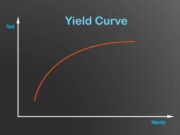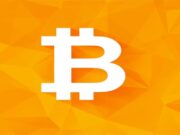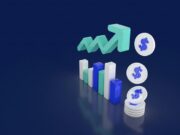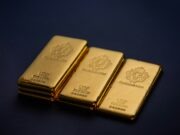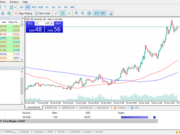What is ‘Quantitative Easing 2 – QE2’
The second round of the Federal Reserve’s monetary policy used to stimulate the U.S. economy following the recession that began in 2007/08. QE2 was initiated in the fourth quarter of 2010 in order to jump-start the sluggish economic recovery. The Federal Reserve announced plans to buy $600 billion in long-term Treasuries, in addition to the reinvestment of an additional $250 billion to $300 billion in Treasuries from earlier proceeds from mortgage-backed securities. This, in theory, would push yields on Treasuries and bonds down, creating a surge in investment and consumption expenditures.
Explaining ‘Quantitative Easing 2 – QE2’
Quantitative easing was intended to stimulate an economy through a central bank’s purchase of government bonds or other financial assets. Often, central banks use quantitative easing when interest rates are already zero bound, or at near 0% levels. This type of monetary policy increases the money supply and typically raises the risk of inflation. Quantitative easing is not specific to the U.S., however, and is used in a variety of forms by other major central banks.
Further Reading
- Quantitative easing in the United Kingdom: evidence from financial markets on QE1 and QE2 – academic.oup.com [PDF]
- The effects of quantitative easing on interest rates: channels and implications for policy – www.nber.org [PDF]
- On the international spillovers of US quantitative easing – academic.oup.com [PDF]
- Quantitative easing and proposals for reform of monetary policy operations – papers.ssrn.com [PDF]
- A global monetary tsunami? On the spillovers of US Quantitative Easing – papers.ssrn.com [PDF]
- The effect of Fed's quantitative easing on stock volatility – papers.ssrn.com [PDF]
- Effects of quantitative easing on asia: capital flows and financial markets – papers.ssrn.com [PDF]
- The effects of quantitative easing on bank lending behavior – academic.oup.com [PDF]
- Impact of US quantitative easing policy on emerging Asia – papers.ssrn.com [PDF]



